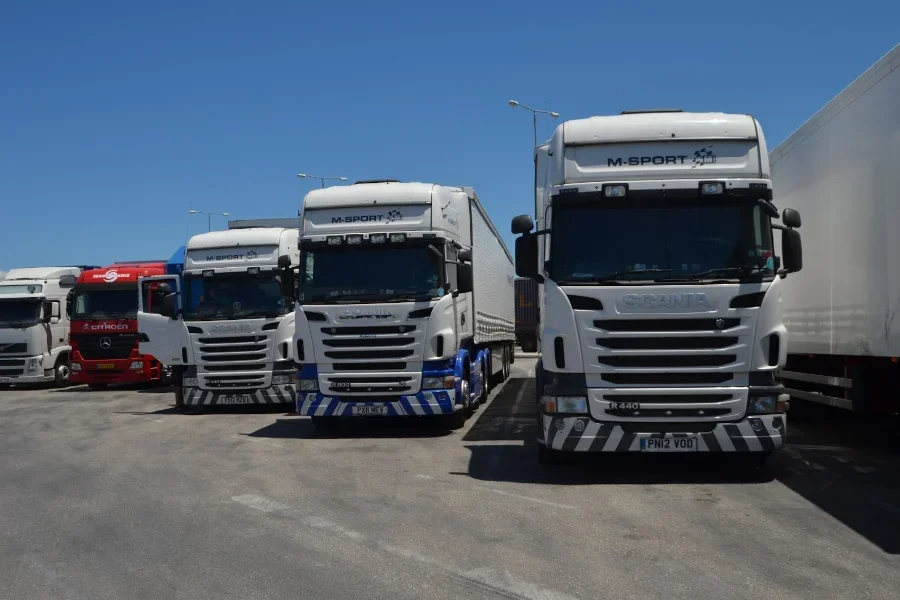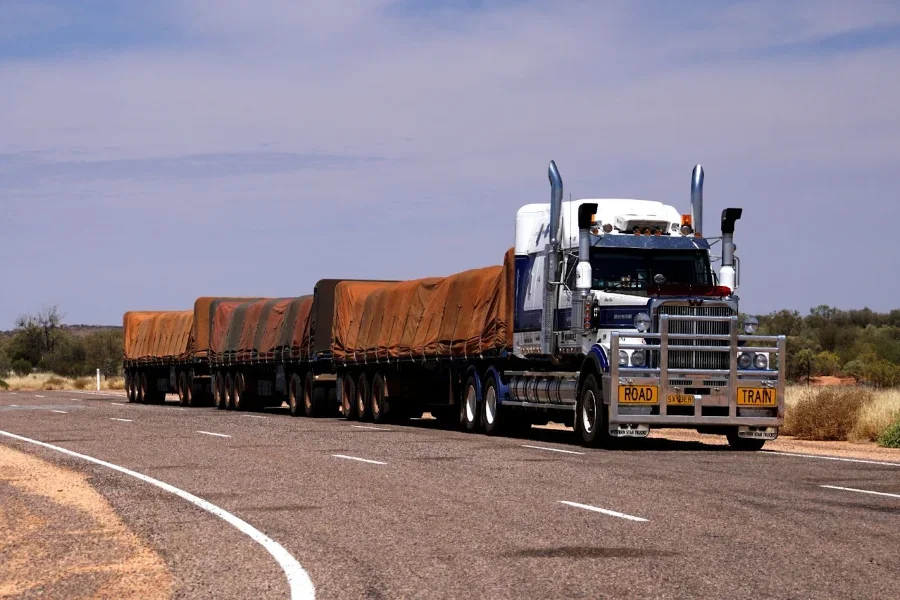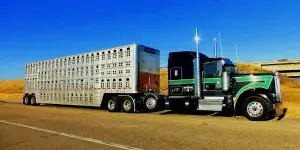It is clear that freight services are all about speed and reliability, given the recent growing backlog and delays in the transportation industry, which were brought on by disruptions in the global health and logistics sectors over the past few years.
Thankfully, there are actually quite a few logistic practices that may help to accelerate the entire freight delivery process while also ensuring a more streamlined, organized, and efficient transportation operation. Continue reading for complete information on drop and hook, including how it is arranged, its overall advantages and disadvantages, a comparison to live loads practice, and who may use it.
Table of Contents
What is drop and hook?
How does drop and hook work?
Pros and cons of drop and hook
Drop and hook vs live loads
Who uses drop and hook?
Quick summary
What is drop and hook?

A type of trucking procedure known as “drop and hook” is used to deliver and drop off full truck load cargo before hooking the tractor up to another pre-loaded trailer and proceeding to the next destination. That’s why the term “pre-loaded trailer” is often associated with drop and hook. In other words, it involves (almost) no waiting for loading and unloading but simply a streamlined process that drops and picks in one go. There is also no particular restriction in terms of types of cargo or freight applicable for this process, for example, frozen goods may be processed using this method too.
How does drop and hook work?
Drop and hook trucking is essentially matching the available trailers to drivers who have available semi-cab upon dropping off their loaded trailers. Hence as long as the trailers are fully ready to be picked up, it is generally a smooth-running process that can typically be completed within 30-60 minutes.
Pros and cons of drop and hook

Advantages of drop and hook
- Reduced time: Time-saving and easier time management are the two main attractive aspects of drop and hook trucking since there’s virtually no waiting time involved, and trailers can be preloaded and pending for truck drivers to pick them up at a flexible time window.
- Increased capacity: Shorter time signifies faster deliveries and thereby opens up more carriers’ capacity.
- Improved productivity: Truck drivers can enjoy no-touch freights with no unloading and loading responsibilities, and can now focus on taking up more loads instead, therefore enhancing their productivity.
- Lowered costs: Time is money and all the saving in time for faster, smoother deliveries help to lower or avoid any unwanted warehouse storage charges, detention fees, etc. Shippers with a high volume of cargo may enjoy better rates with this two-in-one method.
Challenges of drop and hook
- Accessibility: Trailers to be hooked may not be easily accessible, they may be hidden or blocked behind other trailers or somewhere that the drivers may need someone to facilitate in order to retrieve them. The inaccessibility means potential delays.
- Unfamiliarity: As drivers exchange their own trailers with something new to them, the trailer quality may be a stumbling block, especially when they need to pick up some heavy, fully loaded trailers. Under such circumstances, potential hookup issues are not uncommon, and drivers are responsible for ensuring that the trailer is not overweight.
Drop and hook vs live loads

The term “Live loads” is referring to the process when a truck driver has to wait for a container to be loaded/ unloaded at a delivery location. Once the driver arrives at the designated warehouse, the unloading operation starts right away.
Usually, the driver would observe the procedure for a predetermined amount of time without being charged. Nevertheless, since the live loads process typically involves more coordination from the facility team at the site which concerns strict schedule requirements, there is no guarantee of the exact timing needed. This is especially true in the event of any backlog happening due to wrong timetables or behind-the-schedule incidents.
Drop and hook trucking, on the other hand, does not involve loading/ unloading processes and hence requires no wait time for the process. This provides more freedom to the drivers and most importantly, allows the drivers to save waiting time and use it to increase productivity and capacity instead.
Who uses drop and hook?
Drop and hook trucking offers are reportedly the favorite for most of the Fortune 500 companies in line with the time-saving and cost-effectiveness nature it offers. Even though it is traditionally well-received among the larger shippers, it can also benefit small and medium (SME) businesses as well as owner-operators alike.
In order to gain access to drop and hook networks and benefit from the arrangement, SMEs and owner-operators can utilize a variety of tools or platforms that match them with drop and hook loads.
Quick summary
The shippers must develop ways to boost speed while maintaining cost consciousness in light of the current rise in backlog and delays in the freight sector. Drop and hook trucking is one of these strategies that can benefit shippers. Businesses can choose the appropriate trucking strategy for their needs if they are aware of how it operates, its benefits and drawbacks, who may take advantage of it, and how it compares to live loads trucking. Alibaba Reads provides more insights on wholesale product sourcing; click on the link above to find out more today!

Looking for a logistics solution with competitive pricing, full visibility, and readily accessible customer support? Check out the Alibaba.com Logistics Marketplace today.




